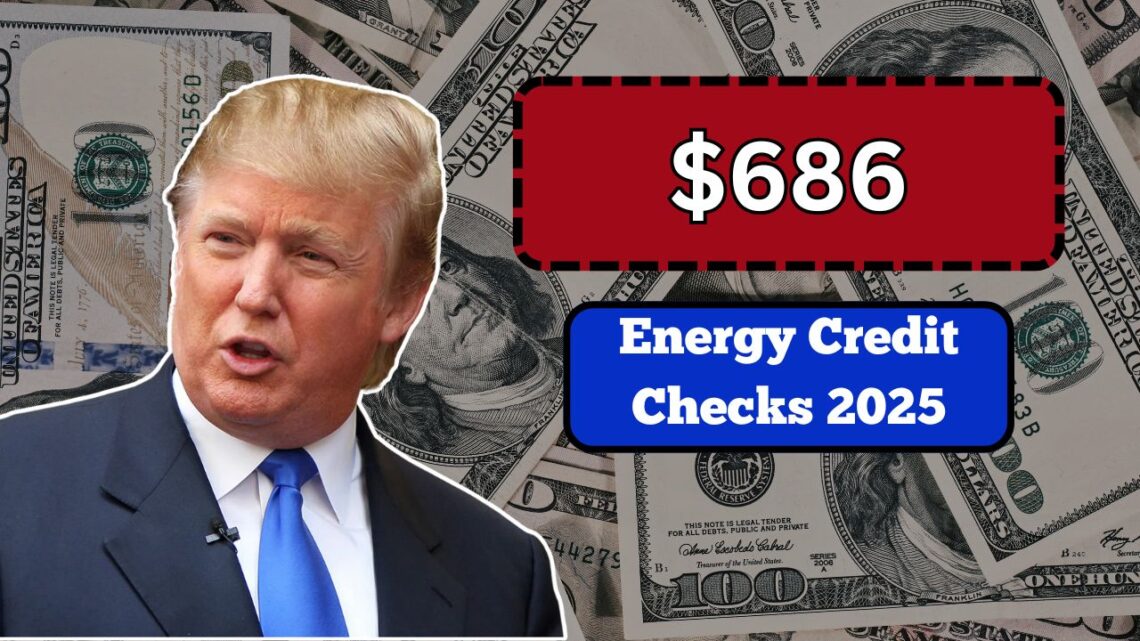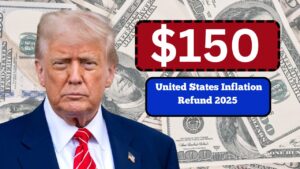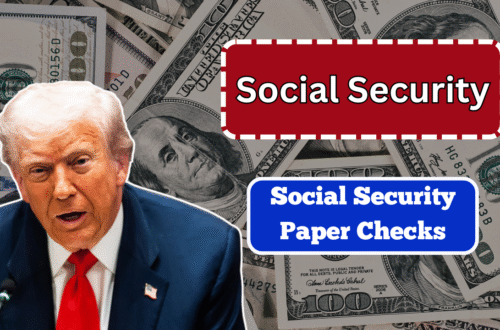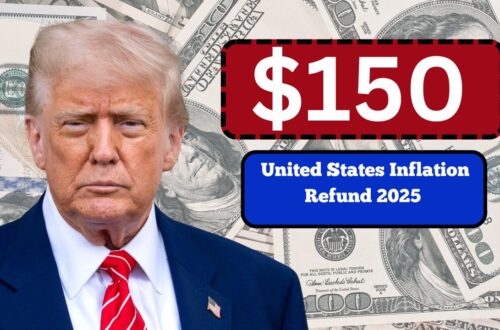Energy Credit Checks: As winter approaches, millions of American households will receive automatic $686 energy credit checks in October 2025 to help cover high heating bills. The program is designed to assist families struggling with the rising cost of energy, especially those with lower or moderate incomes.
Why These Payments Are Being Sent
Energy Credit Checks: Energy bills tend to rise sharply every winter, and 2025 is no exception. To reduce this burden, the government has introduced a $686 energy bill credit program that will go mainly to households earning at or below 60% of their state’s median income.
These payments will be distributed automatically to most eligible families, meaning many people won’t have to reapply. The goal is to make heating affordable during colder months and prevent utility shutoffs during harsh winter weather.
Other Energy Relief Options
Besides the $686 checks, there are other relief options available. Programs such as LIHEAP (Low Income Home Energy Assistance Program) and state-level energy credits like California’s PG&E rebates—which average about $183—offer additional help.
Some families already receiving LIHEAP benefits will automatically get extra assistance without filing a new application this season.
What Is LIHEAP?
LIHEAP, short for Low Income Home Energy Assistance Program, is a federally funded initiative that helps low-income households pay for their heating and cooling costs. It also assists with avoiding energy shutoffs and improving home energy efficiency through weatherization projects.
Here’s what LIHEAP typically provides:
| Service | Purpose |
|---|---|
| Bill Assistance | Helps pay part of heating or cooling costs |
| Emergency Help | Prevents shutoffs and assists during energy crises |
| Weatherization | Improves insulation and reduces energy waste |
The program’s main goal is to ensure that families don’t have to choose between paying for electricity and essential needs like food or medicine.
Who Is Eligible for the $686 Check?
Energy Credit Checks: Eligibility depends on household size, income, and energy expenses. Below is a general guide for 2025:
| Household Size | Maximum Annual Income (Approx.) | Details |
|---|---|---|
| 1 | $32,000–$33,000 | At or below 60% of state median income |
| 2 | $41,000–$42,000 | Must pay energy bills directly or through rent |
| 3 | $51,000–$52,000 | Priority for elderly or disabled persons |
| 4 | $61,000–$62,000 | Families facing shutoff risk may get faster approval |
| 5+ | $71,000–$95,000+ | Varies by state and energy cost |
Renters can also qualify if their rent includes heating and takes up more than 30% of their household income. Priority is usually given to seniors, people with disabilities, and families with young children.
How to Apply for LIHEAP
If your household does not automatically receive the credit, you can apply manually. Follow these steps:
- Check eligibility: Confirm your household income and residency meet your state’s requirements.
- Gather documents: Prepare ID, proof of income, recent utility bills, and proof of residence.
- Get and submit the form: Apply online, by mail, or in person at your local LIHEAP office.
- Wait for approval: Processing usually takes about 30 days. Keep paying part of your bill during this period to avoid shutoff.
Important Dates to Remember
| Date | Event |
|---|---|
| October 1, 2025 | Applications open for seniors, disabled persons, and families with small children |
| November 1, 2025 | General applications open for all eligible households |
| October 2025 | Automatic $686 energy credits distributed to approved families |
Energy Credit Checks: The $686 energy credit checks arriving in October 2025 will bring vital relief to many families struggling with high heating bills. Together with LIHEAP and state assistance programs, this support will help Americans stay warm, safe, and financially stable during winter.
Eligible households are encouraged to check their state’s guidelines, prepare required documents, and apply early to ensure they receive their benefits on time.
FAQs
What is LIHEAP?
LIHEAP is a federal program that helps low-income households pay for heating, cooling, and energy bills throughout the year.
When will the $686 payments be issued?
The energy credit checks are expected to be distributed in October 2025, often automatically to those already approved for assistance.
Can renters qualify for these benefits?
Yes. Renters can qualify if heating is included in their rent and it exceeds about 30% of their income.









